This 3D printing design of Vi from Arcane: League of Legends consists of files in StereoLithography (.Stl) format that is optimized for 3D printing.
Before printing the files, we strongly recommend reading the PRINTING DETAILS section.
WHAT WILL YOU GET AFTER PURCHASE?
- 4 versions of Vi from Arcane: League of Legends STL files for FFF/FDM, DLP/SLA, DLP/SLA Eco, SLS — files for all versions are available for download after the purchase;
- STL files of high-poly Vi from Arcane: League of Legends model for 3D printing consist of 24 files;
- Sizes for:
- FFF/FDM: 280 mm tall, 148 mm wide, 244 mm deep;
- DLP/SLA/SLS: 140 mm tall, 74 mm wide, 122 mm deep;
- Assembly Manual for FFF/FDM 1.0 and DLP/SLA 1.0 versions in PDF and video formats;
- Detailed settings that we provide as a recommendation for Cura, Bambu Studio, Simplify3D, Slic3r and PrusaSlicer for the best print;
- Full technical support from the Gambody Support Team.
Detailed information about these 3D printer STL files is available in the DESCRIPTION section.
ABOUT THIS 3D MODEL
Arcane: League of Legends has taken the world by storm, bringing an innovative animation style and vibrant, life-like characters to the screens. Where steam-punk and fantasy genres meet, our hotheaded protagonist Vi shines best! Seasoned fighter, selfless sister, a simple human burdened with regrets and mistakes, Vi entices your thrill for some challenge.
Our contributing 3D artists accepted it gladly and sculpted the highly detailed Vi Arcane 3D printing design. The heroine is captured in the middle of her favourite activity - throwing punches with her powerful hextech gauntlets. Putting her whole weight into the devastating motion and letting out her rage with a scream, Vi has her punk street outfit flutter around her. This model is just what you need for an epic diorama!
ADAPTATION FOR 3D PRINTING
Vi Arcane 3D printing design is a static assembly model and its moderation and adaptation for different types of 3D printers took Gambody team 23 hours. The model's anatomy and proportions were thoroughly reviewed during the moderation process for the heroine to be depicted with utmost realism.
The model's cutting was chosen by our team to ensure the cleanest 3D printed result possible and some of the parts were hollowed out for you to save resin in the Eco version. In order to conceal the places where the assembly parts of the model are connected, it was cut along the contour of Vi's attire. The character’s head, torso, legs, hextech gauntlets, etc. are provided as separate assembly parts.
All assembly parts of the FFF/FDM versions come in STL files in recommended positions that were worked out in order to ensure the smoothness of the details’ surfaces after printing and so that the 3D printing beginners won't face difficulties when placing the parts on a build plate.
The design is saved in STL files, a format supported by most 3D printers. All STL files for 3D printing have been checked in Netfabb and no errors were shown.
The model's scale was calculated from the height of Vi which is 1720 mm. The 3D printing design's chosen scale are 1:8 for the FFF/FDM version and 1:16 for the DLP/SLA/SLS versions.
VERSIONS' SPECIFICATIONS
FFF/FDM 1.0 version features:
- Contains 11 parts;
- A printed model is 280 mm tall, 148 mm wide, 244 mm deep;
- All parts are divided in such a way that you will print them with the smallest number of support structures.
DLP/SLA 1.0 version features:
- Contains 5 parts;
- A printed model is 140 mm tall, 74 mm wide, 122 mm deep;
- All parts are divided in such a way to fit the build plates and to ensure that support structures are generated where needed.
DLP/SLA Eco 1.0 version features:
- Contains 5 parts;
- A printed model is 140 mm tall, 74 mm wide, 122 mm deep;
- Some parts are manually hollowed out to save resin.
SLS 1.0 version features:
- Made as a solid one-piece Vi model;
- A printed model is 140 mm tall, 74 mm wide, 122 mm deep;
- Contains 3 parts - a solid Vi model with and without the platform.
You can get the STL files of Vi Arcane immediately after the purchase! Just click the green Buy button in the top-right corner of the model’s page. You can pay with PayPal or your credit card.
Watch the tutorial on how to assemble the 3D Printed Vi Arcane from the provided 3D Print Files on Gambody YouTube channel.
Also, you may like other TV Series 3D printing designs.
_______
FAQ:
Generic
Below you can find printing recommendations for Cura, Bambu Studio, Simplify3D, Slic3r and PrusaSlicer software.
Disclaimer: The following printing settings are a recommendation, not an obligation. The parameters can vary depending on the peculiarities of your 3D printer, the material you use, and especially the particular assembly part you are working with. Each part that any model comprises often needs preliminary review, and you are free to tweak the settings the way you find suitable.
Note:
You can scale up the model (downscaling for FFF/FDM 3D printers is not recommended!);
All connectors should be printed at 100% Infill.
Bambu Lab printing recommendations:
These basic 3D printing settings recommendations for beginners were tested in Bambu Studio 1.9.1. Test models were printed on the Bambu Lab A1, Bambu Lab A1 Mini, Creality Ender 3 S1, Anycubic Kobra 2, and Anycubic Vyper using PLA and PETG filaments.
To avoid printing problems, we recommend the following settings: download
Cura printing recommendations:
These are averaged settings which were tested in the Cura 5.2.1 slicer. Test models were printed on Anycubic Vyper, Creality Ender 3 Pro with PLA filament.
To avoid printing problems, we recommend the following settings: download
Simplify3D printing recommendations:
These are averaged settings which were tested in the Simplify3D 5.0.0 slicer. Test models were printed on Anycubic Vyper, FLSUN v400, Ender3 S1 with PLA filament.
To avoid printing problems, we recommend the following settings: download
Slic3r printing recommendations:
These basic 3D printing settings recommendations for beginners were tested in Slic3r 1.3.0 software. Test models were printed on Ultimaker 2, Creality Ender 3, Creality Cr-10S pro v2, Anycubic I3 Mega, Anycubic I3 MegaS, Anycubic Vyper with PLA and PetG filaments.
To avoid printing problems, we recommend the following settings: download
PrusaSlicer printing recommendations:
These basic 3D printing settings recommendations for beginners were tested in PrusaSlicer 2.3.1. Test models were printed on Ultimaker 2, Creality Ender 3, Creality Cr-10S pro v2, Anycubic I3 Mega, Anycubic I3 MegaS, Anycubic Vyper with PLA and PETG filaments.
To avoid printing problems, we recommend the following settings: download

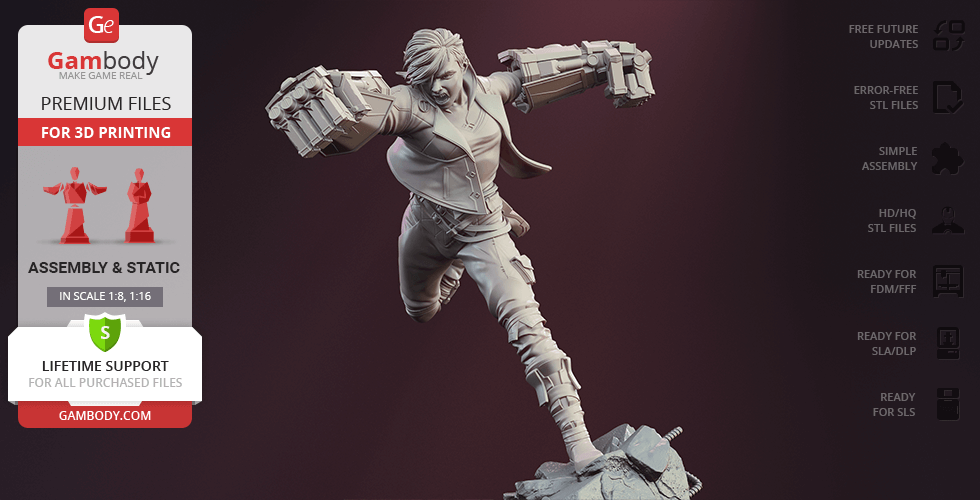
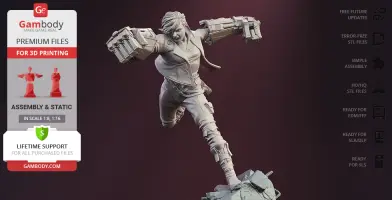
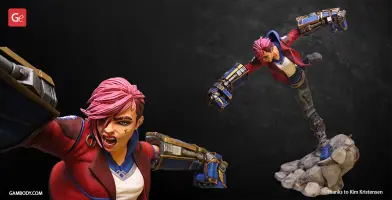
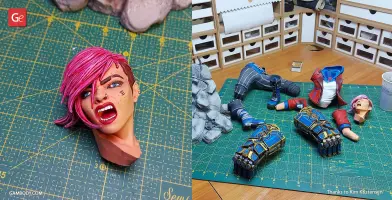
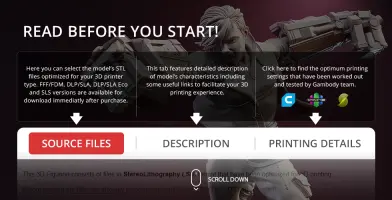
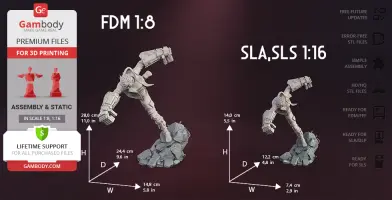
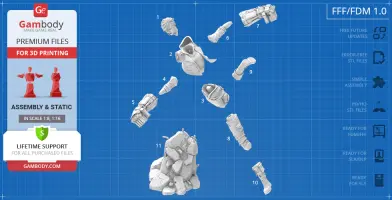
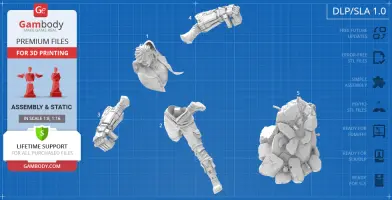
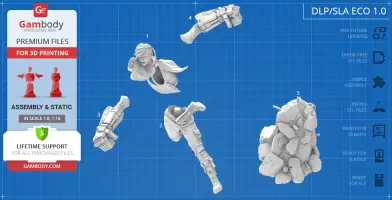
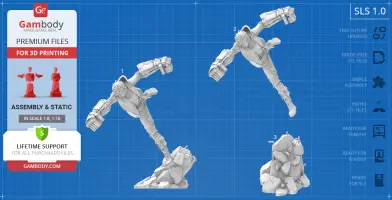
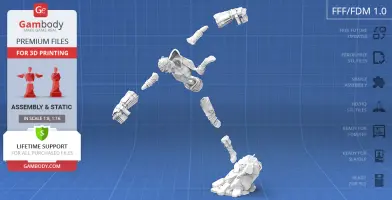
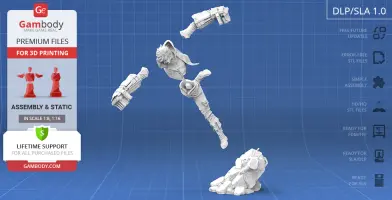
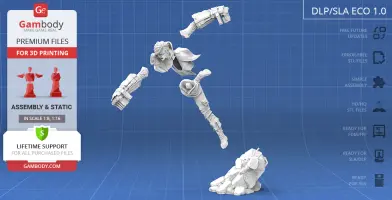
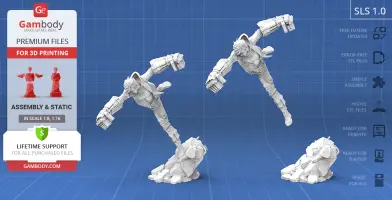
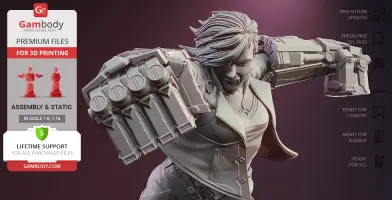
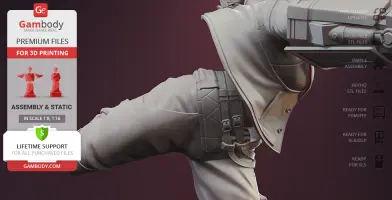
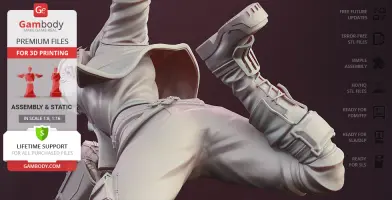
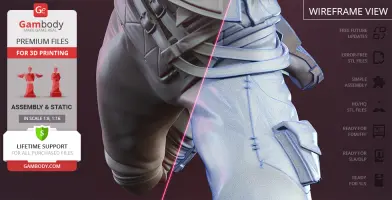

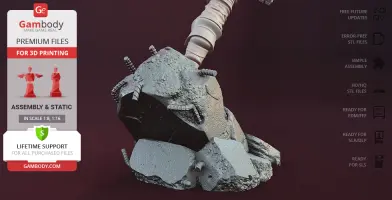
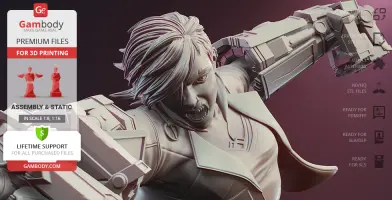
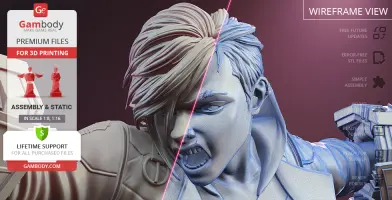

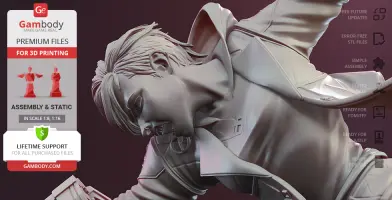
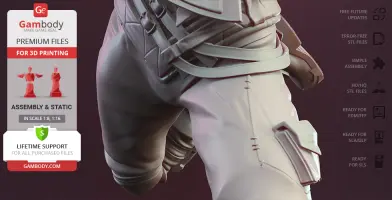
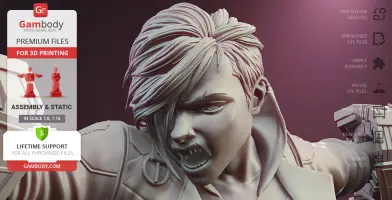
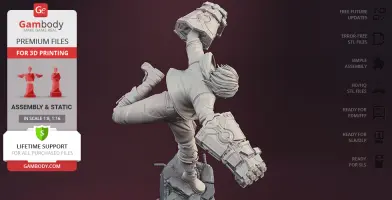
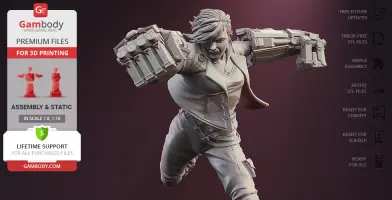
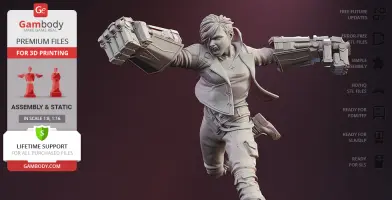
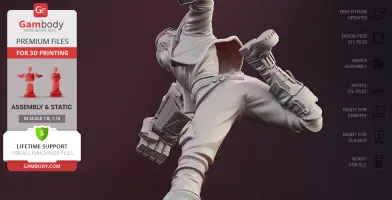
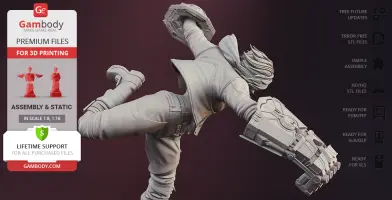
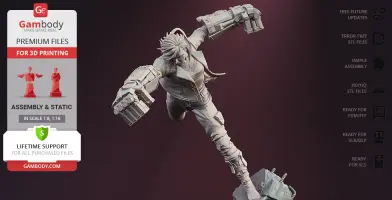
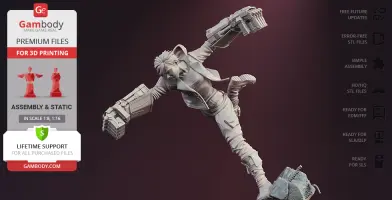
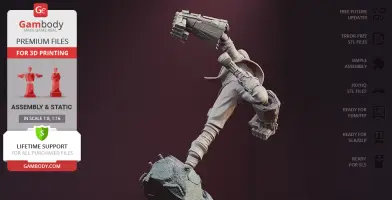
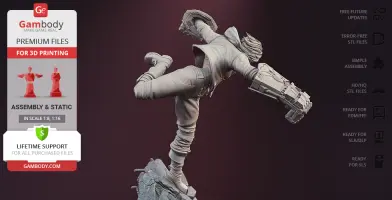
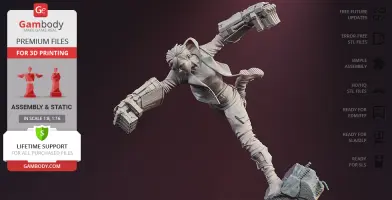
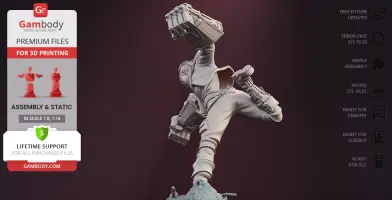
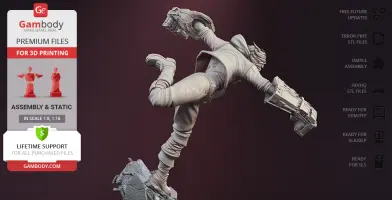
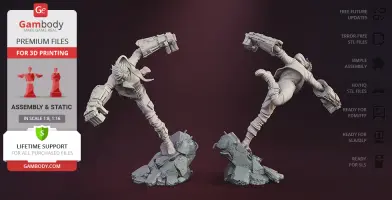
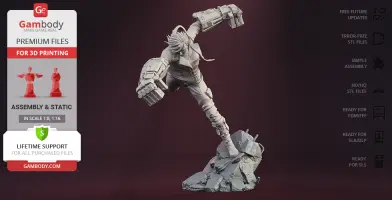
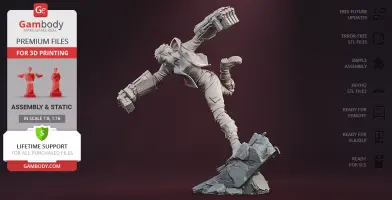
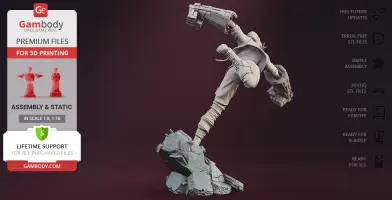
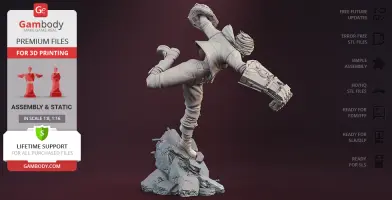
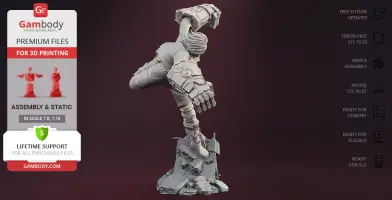
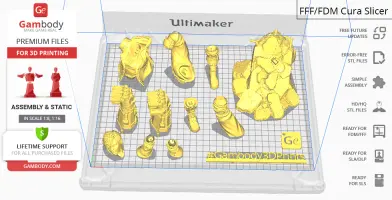
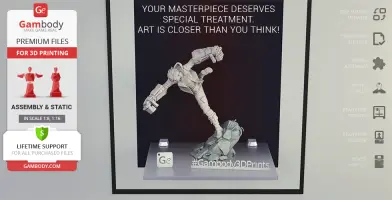


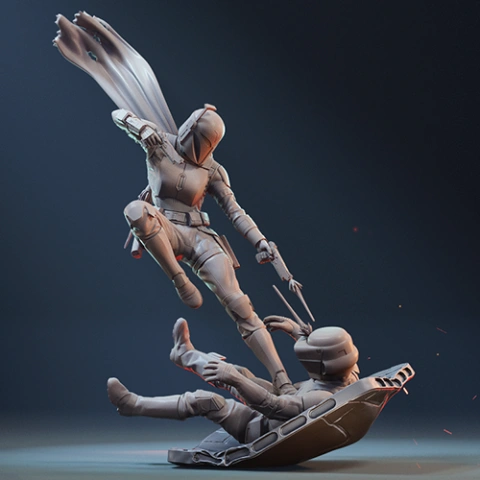
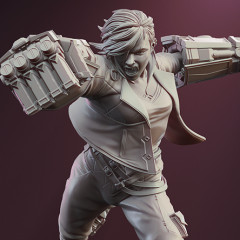
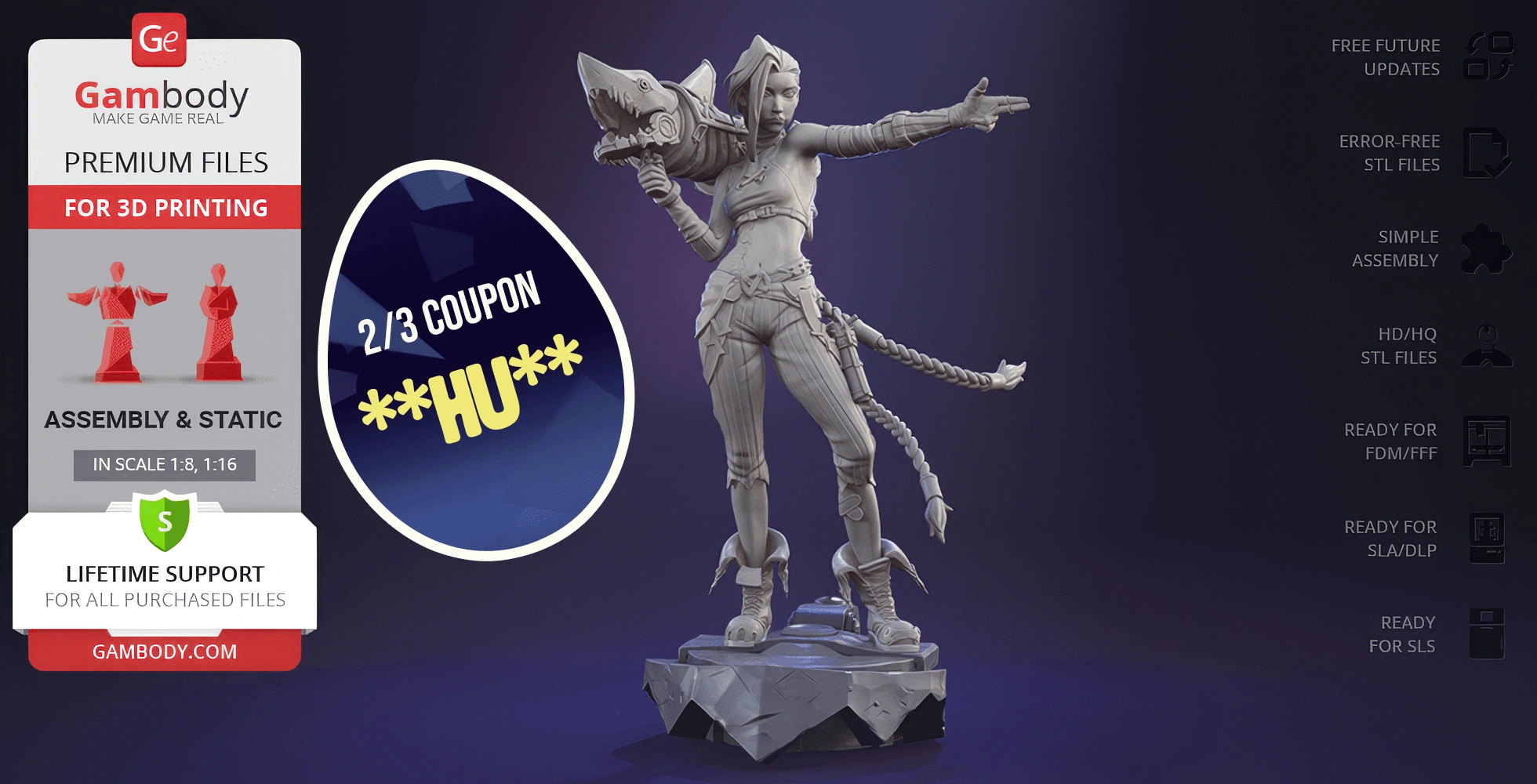
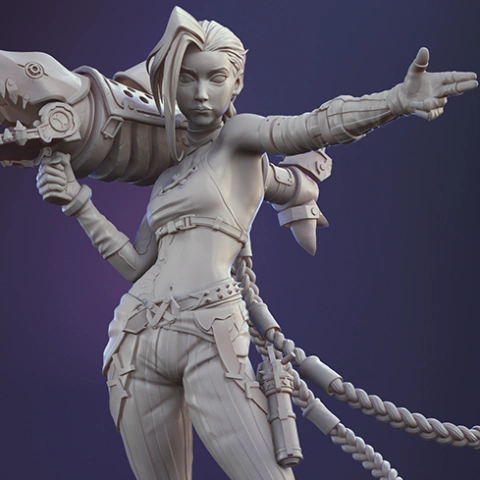
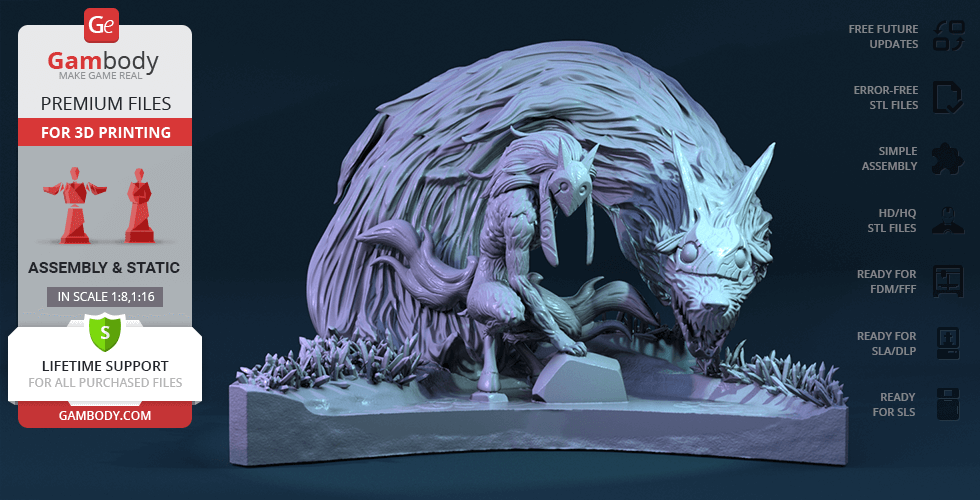

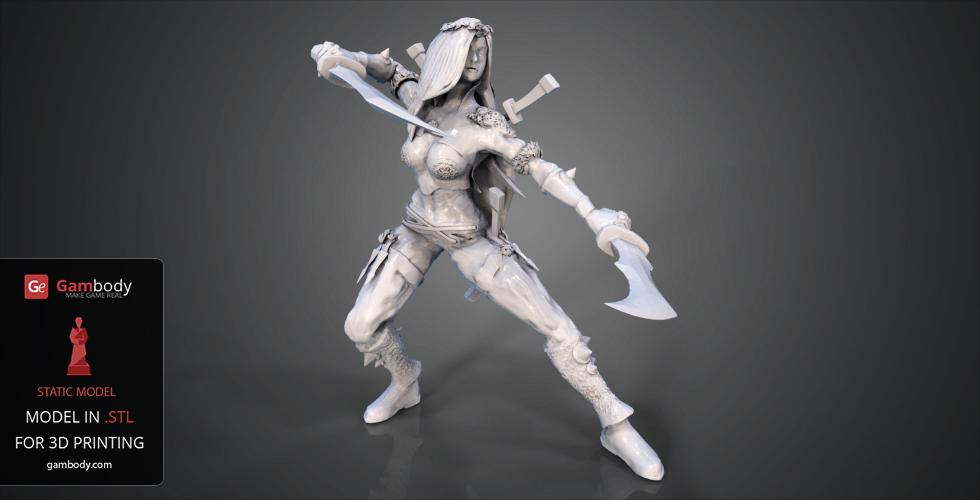

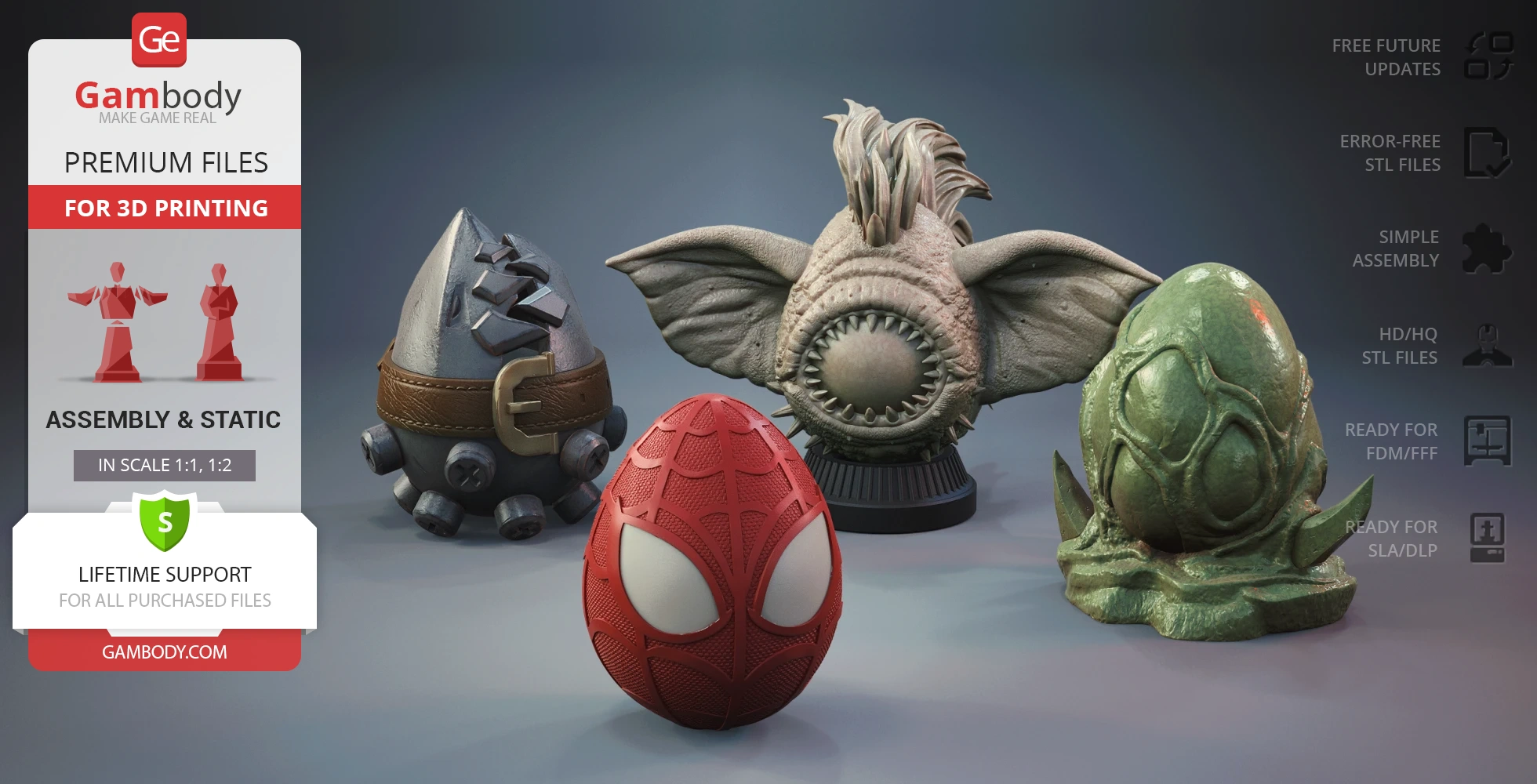
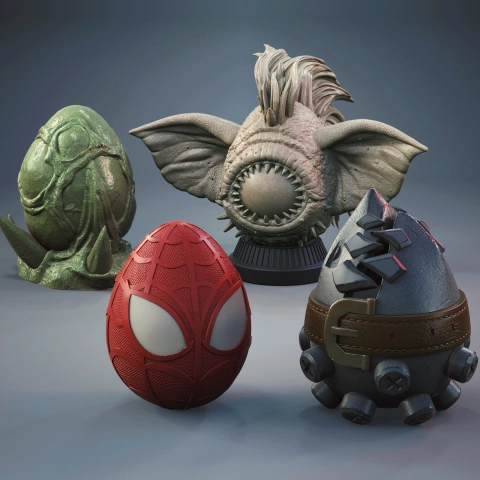
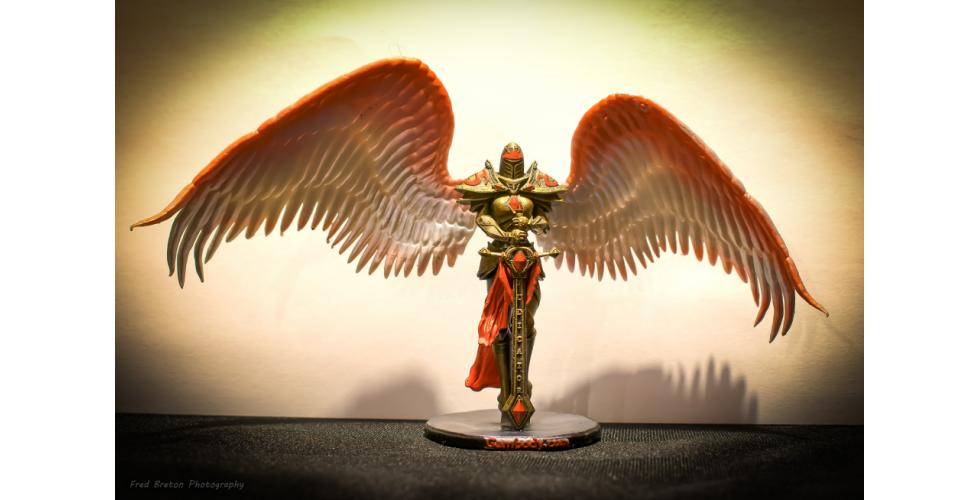

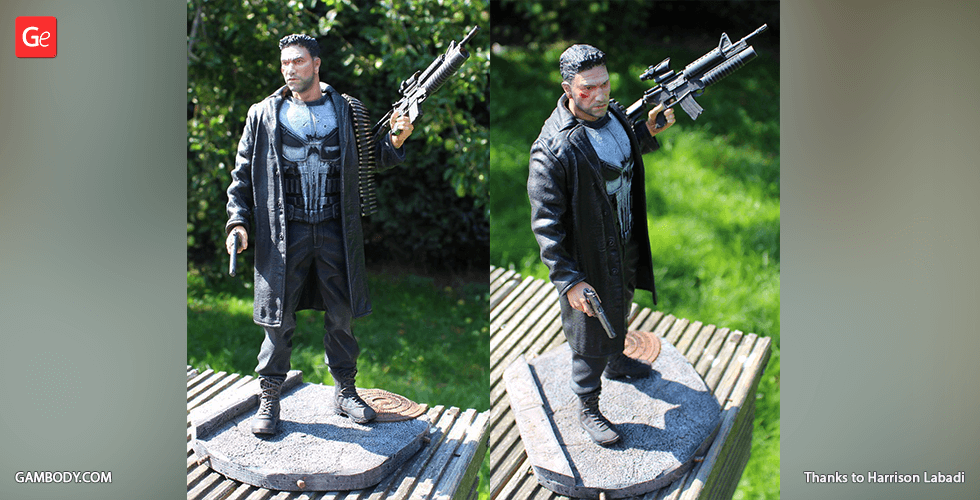

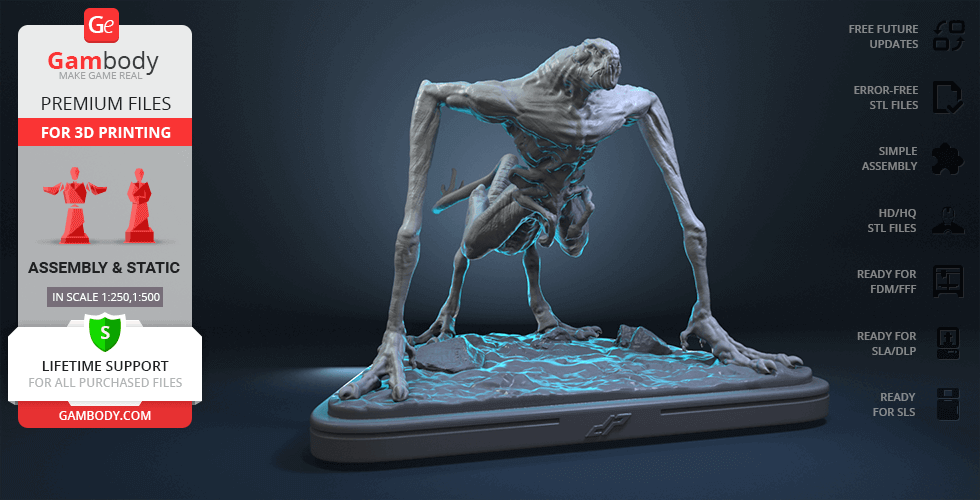
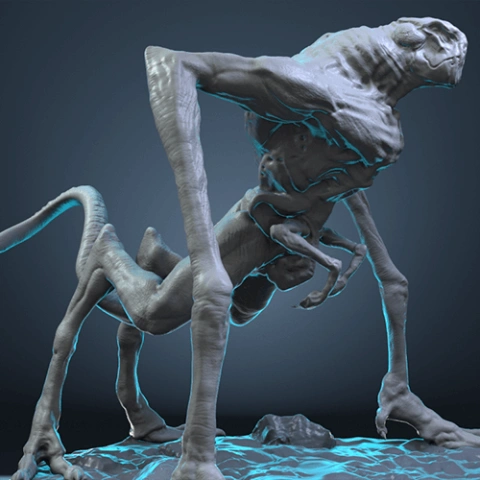
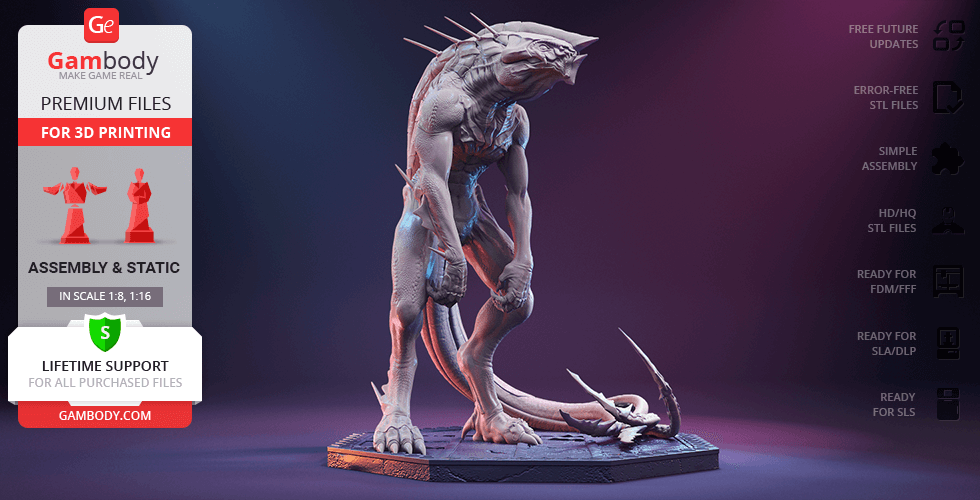
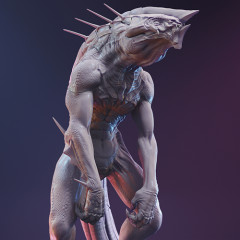
Comments